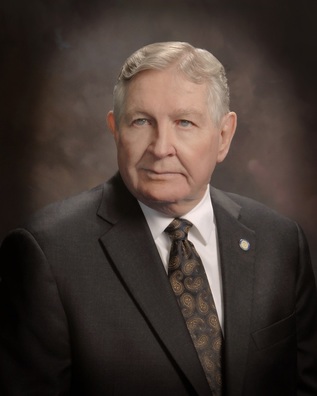
When an organization comes into being there are Individuals with great ideas and skills that work and sacrifice to make their ideas come to reality and the same is true with Masonry. South Carolina has many Brothers who distinguished themselves in the early years. On the 28th of October 1736 the first Lodge in South Carolina was opened in Charleston with Bro. John Hammerton being unanimously elected as Worshipful Master.
About the middle of the eighteenth century the division of the Fraternity in England into two conflicting societies of the “Ancients” and the “Moderns” came into being; although by the reconciliation in 1813 uniformity was restored in The United Grand Lodge of England, which was then formed. That uniformity was restored and did not extend to other countries with Lodges. Although nearly all Lodges in the United States, before the Revolution of 1776, derived their existence from the Grand Lodges of England, the American Masons do not use the multitude of signs that prevail in the English System.
In the early years of Masonry in South Carolina there were the “Ancient York Masons” and the “Moderns”. Moderns were the original Grand Lodge established in 1717 in London and became known as the “MODERNS”. The Ancients were the Irish Masons who formed a rival Grand Lodge in London in 1751 and styled themselves as “ANCIENTS’. The reconciliation in 1813 restored the two Grand Lodges in South Carolina. The result of the reconciliation was the formation of “The Most Worshipful Grand Lodge of Ancient and Free Masons of South Carolina.”
The degrees of Freemasonry are the steps by which a candidate ascends from a lower to a higher condition of knowledge. It is the opinion of the best Masonic scholars, that the division of the Masonic system into degrees was the work of revivalist of the beginning of the eighteenth century. Prior to this period there was but one degree or common platform of ritualism.
In 1717 the whole body of the Fraternity consisted only of Entered Apprentices, who were recognized by the thirty-nine Regulations, compiled in 1720, as among the law givers of the Craft. In the old charges, and approved in 1722 the degree of Fellow-Craft is introduced as being necessary qualifications for Grand Master, although the word degree is not used.
The Grand Mastery, published in 1725, makes no reference to any degrees. The division of the Masonic system into three degrees must have grown up between 1717 and 1730, but in so gradual manner that we are unable to fix the precise date in the introduction of each degree. As late as 1735 the Entered Apprentice’s Degree contained the most prominent form of initiation and he was an Entered Apprentice which was, for all practical purposes, a Freemason. After repeated improvements, by the adoption ceremonies and new regulations that the degree of Master Mason took the place it now occupies. In 1813, the Grand Lodge of England vindicated the ancient landmark, by solemnly enacting that ancient Craft Masonry consisted of the three degrees of Entered Apprentice, Fellow-Craft and Master Mason. The most important and significant of the legendary symbols of Freemasonry is, undoubtedly, that which relates to the fate of Hiram Abif, commonly called the legend of the Third Degree. The legend has always remained unwritten, and descended, from age to age, through the means of oral tradition. It has been considered of so much importance that it has been preserved in the symbolism of every Masonic Rite. Although over time modifications or alterations have been attempted. The legend of the Temple Builder has ever been left untouched, to present itself in all the integrity of its ancient mythical form.
The idea, therefore, proposed to be communicated in the myth of the ancient mysteries was the same as that which is now conveyed in the Masonic Legend of the Third Degree, the sublime symbolism of a resurrection from the grave to a new birth into a future life.
Fraternally,
William B. Rogers
Grand Master
 RSS Feed
RSS Feed




